Amid General Strike Iran FM Claims Protests Are Over
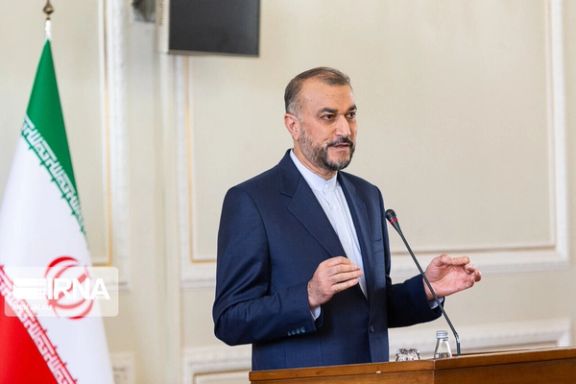
Iranian foreign minister Hossein Amir-Abdollahian claimed Tuesday the protests in his country have ended and whoever would like can travel to Iran to see it in person.

Iranian foreign minister Hossein Amir-Abdollahian claimed Tuesday the protests in his country have ended and whoever would like can travel to Iran to see it in person.
Amir Abdollahian made the comments in a joint press conference with his Bosnian counterpart Tuesday saying part of the demands in Iran are peaceful demands of the people but “I invite you to come to Iran and see it yourself.”
His comments come as the country is in shutdown mode for the second day with business owners on strike in support of the protest movement that wants to oust the clerical regime.
He further went on to allege that “in the past eight weeks, Iran witnessed a wave of foreign interventions, riots and terror acts designed against the people of Iran.”
Government officials in the core of the regime and military commanders in Iran keep blaming foreign countries and their alleged agents for instigating unrest in Iran.
Elsewhere in his remarks, the Iranian FM said “the police did not shoot at anyone, and no one was killed by the police and security forces, but 67 policemen were killed by US-made weapons.”
Amir-Abdollahian’s comments are in contradiction with the country’s Security Council that announced Saturday over two hundred people were killed during nationwide “riots”.
Based on the latest report by the Oslo-based Human Rights Organization at least 448 people including 60 children and 29 women have been killed by security forces in the ongoing nationwide protests.
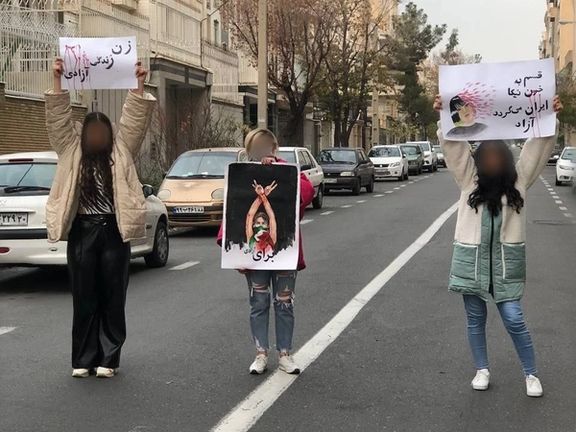
Tuesday was the second day of a three-day strikes call for protest against the Iran’s regime, an action meant to cripple the government and strengthen the protest movement.
People in many cities across Iran kept their shops closed for the second day on Tuesday before they poured out on streets to hold protest rallies. Numerous shops and small businesses did not open their doors to express solidarity with the ongoing protests.
During the day, rallies and sit-ins were held at numerous university campuses across the country with the students at Tehran’s Sharif University booing the capital’s mayor Alireza Zakani over his remarks during a talk where he blamed foreign countries for the uprising in Iran.
Security forces went door by door in market streets and bazaars and sprayed pro-regime slogans on the doors of stores that were on strike. Some people on social media said their marking of shops was similar to the actions by Nazi Germany, in which security agents marked the stores of Jewish citizens.
Despite threats by security forces, shop owners kept their doors shut on Tuesday in many provinces including Tehran, South and West Azarbaijan, Ardebil, Kerman, Zanjan, Esfahan, Kordestan, Kermanshah and several others to play their role in toppling the clerical rulers
When the sun set on Tuesday, people in several neighborhoods of the capital Tehran set fire to trash cans and blocked streets, and chanted antigovernment slogans. Several other cities such as Kerman, Rasht, Shiraz, Mashhad, and Esfahan were also scenes of protests with people chanting slogans against the regime.
People in many cities held mourning ceremonies for the 40th day of the deaths of their loved ones who were killed during the protests. People in Kurdish-majority cities such as Mahabad, Baneh, and northern cities of Amol and BandarAnzali held gatherings chanted slogans against the Islamic Republic. Mourning ceremonies that turned into protests were held for at least six protesters killed by government forces.
There were also mourning ceremonies held for 27-year-old Mehran Samak, who was hit in the head with a bullet and died at the hospital when he was celebrating the US soccer team against Iran on December 30, in his hometown of BandarAnzali in the northern Gilan province. There are unconfirmed reports that the head of the police department in the city has been arrested over the death of Mehran Samak.
The Youth of Iran, a united coalition of grassroot groups, has called for a demonstration in the capital Tehran on roads leading to the city’s Azadi (Freedom) square on Wednesday.
Iran has been rocked by nationwide protests following the death of Mahsa Amini on September 16 in police custody, posing one of the toughest challenges to the Islamic regime since the 1979 revolution.
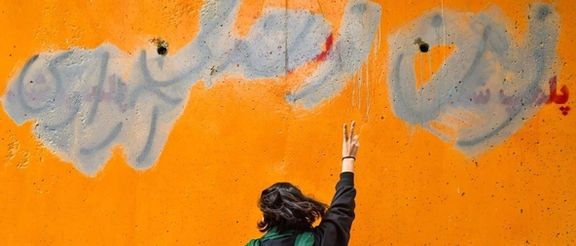
Walls of cities have always been places where people express their opinions; from the ancient city of Pompeii to Zanjan, north-west of Iran’s capital Tehran.
Iranians are well acquainted with the concept of political graffiti and used it extensively during the days that led to the Islamic Revolution in 1979, but these days they are using the medium to overthrow the Islamic regime.
According to documents released by hacktivist group Black Reward last week, the authorities are gravely concerned about the propagation of the phenomenon on the backdrop of nationwide protests and strikes that have rocked the foundations of the clerical regime during the past 80 days.
The confidential briefing papers to the office of Supreme Leader Ali Khamenei and ranking members of the Revolutionary Guard, acquired by hacking into the database of IRGC-affiliated Fars News Agency, revealed that the authorities seem unable to deal with the enormous number of political slogans on walls and the persistence of protesters to renew them after they are painted over by the cities’ sanitation departments or volunteer members of Basij paramilitary force. In one of the documents, the city of Zanjan was mentioned as an example where almost all its walls are covered with slogans against the regime. Something especially worrying for the regime is the slogans directly targeting Supreme Leader Ali Khamenei, referring to him as a “bloodthirsty dictator” or a “despot” whose days are numbered.

Iranians know the significance of slogans against Khamenei, whose zealot supporters are prepared to kill anyone for even criticizing him, let alone wishing death for him. But now, according to the leaked documents, even schoolchildren are using slurs to talk about him. Profanities against the Supreme Leader which were only chanted in the worst protest-riot situations in the past have become mainstream, while protesters are continuously coming up with new and ingeniously rhyming slogans with even stronger profanities. This degree of profanity is unprecedented in Iran where four-letter words are normally avoided in most social and even private contexts, particularly in the presence of women and children.
The regime’s agents are busy everywhere painting over the slogans or doodling over them to conceal the zeitgeist of society, but people are greater in numbers and bolder in action. For every graffiti that is painted over, more or bigger graffiti appear the following day. The most frequently used slogan is the motto of the uprising: Women, life, liberty – words that describe people’s aspiration that no amount of paint can hide them.
Walls have become a new frame for people to make their voices heard. As American linguist George Lakoff explains in his book Don't Think of an Elephant!, that when you frame the debate, you have already won. Its rough translation on street walls of Iran is that however the regime paints over its walls, it cannot change the fact that most Iranians do not want the regime.
According to an article in Etemad newspaper, the calls on Tehran’s municipality's service requesting to remove writings from walls have recently increased 60-fold. The paper cited sociologist Hossein Imani Jajarmi as saying that such an increase “is directly tied to the recent unrest.” Describing political graffiti as a common tool to express economic and political woes as well as racial and gender discrimination, he said the spread of graffiti during the past few months can be a sign of ineffectiveness of the regime’s coercive and military measures.
Over 1,500 instances of political graffiti were found at Pompeii, offering a glimpse into the workings of Roman politics at the local level. Similar to how graffiti shed light on how politics was in the city of Pompeii until it was buried under volcanic ash and pumice in 79 AD, the walls of Iranian cities testify as to how the people fought their way to “Women, life, liberty.”
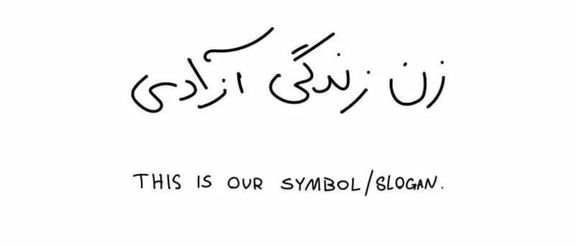

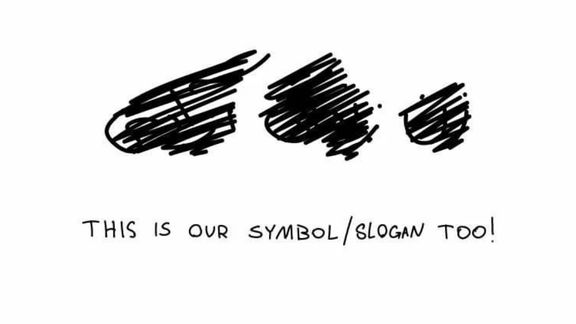
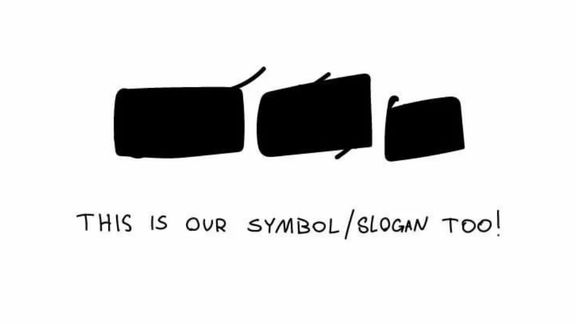
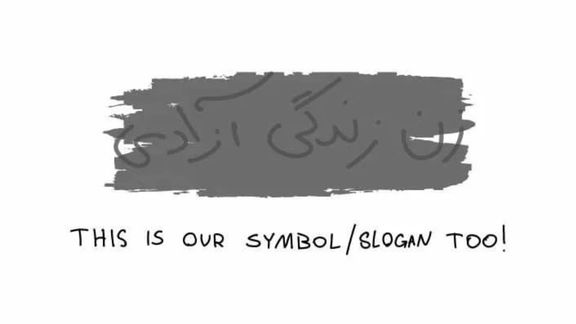
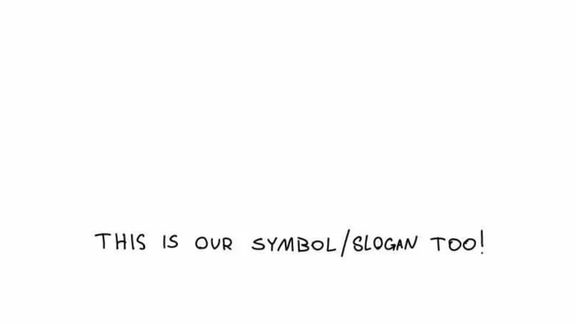
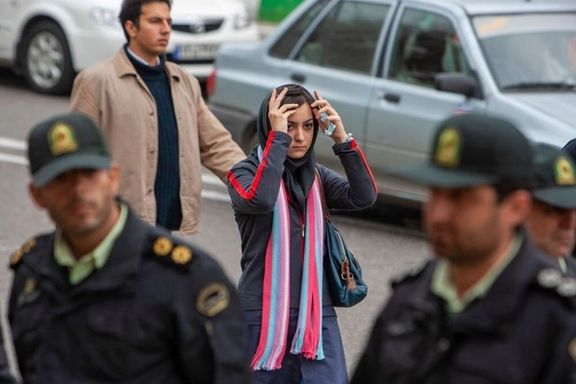
Conflicting statements abound by Iranian officials about measures to enforce hijab amid ongoing protests ignited by the death of Mahsa Amini by hijab patrols.
Following the recent propaganda stunt by the government that the so-called ‘morality police’ has been disbanded, foreign and Iranian media are full of interpretations of how the regime plans to both enforce the dress code regulations and at the same time appease protesters.
On Tuesday, hardliner lawmaker and member of parliament’s cultural committee Hossein Jalali said that hijab enforcement will never be abolished, ensuring that “veils will be back on women’s heads within two weeks.” His remark shows that a growing number of Iranian women who are appearing in public without hijab since protests began in mid-September.
Confirming that the regime is making some decisions about hijab rules, the lawmaker explained that the methods for enforcing hijab may change, adding that “it is possible that women who do not observe hijab would be informed via SMS, asking them to respect the law. After notifying them, we enter the warning stage... and in the third stage, the bank account of the person who unveiled may be blocked."
Jalali did not elaborate on how the government intends to identify the people who unveil in public to send them text messages. However, there were earlier reports that the Islamic Republic was about to start using cameras in the metro to track and identify women. Such measures had been announced as part of efforts by President Ebrahim Raisi’s hardliner administration to intensify pressures on women in society throughout the year which culminated in the beating to death of Mahsa Amini by hijab enforcers.
On Monday, Ali Khan-Mohammadi, the spokesperson of Iran’s Headquarters For Enjoining Right And Forbidding Evil, tasked with promoting the Islamic Republic’s interpretation of Islamic laws, echoed some reports about the end of the hijab police, saying that "the mission of the morality and social safety patrols (the official name for the hijab police) is over."
He added that new measures will be implemented "in a more modern framework, using the technologies that already exist for this purpose and with an atmosphere that is not one-sided."
Iran's police have so far declined to confirm Prosecutor General Mohammad-Jafar Montazeri’s claim on December 3 that the notorious "morality police" has been disbanded, as international media trumpeted the report. Shargh daily reported Monday that it had contacted the head of public relations of the Greater Tehran Law Enforcement, Colonel Ali Sabahi, to verify the claim but the official refused to make any comments.
The news about disbandment of ‘morality police’ was widely covered by Persian and foreign media as a measure by the Islamic Republic to calm the unrest. However, state-run media immediately cast doubt on any substantial change in hijab enforcement.
Montazeri’s suggestion made headlines in many major international media and even made US Secretary of State Antony Blinken cautiously comment on it in an interview with the CBS.
Many activists, such as US-based Masih Alinejad, have debunked Montazeri’s claim as a sheer publicity stunt or even misinformation spread by a dictatorial regime that is about to fall. However, there are some journalists such as Negar Mortazavi and Farnaz Fassihi of the New York Times who called the measures a victory for Iranians, eliciting condemnations by Iranian activists.
Human rights group Amnesty International has issued a statement regarding the issue, urging the international community not to be “deceived by dubious claims of disbanding morality police.”
“The Prosecutor General’s statement was deliberately vague and failed to mention the legal and policy infrastructure that keeps the practice of compulsory veiling against women and girls firmly in place,” said Heba Morayef, Amnesty International’s Regional Director for the Middle East and North Africa. “The international community and global media must not allow the Iranian authorities to pull the wool over their eyes. Compulsory veiling is entrenched in Iran’s Penal Code and other laws and regulations that enable security and administrative bodies to subject women to arbitrary arrest and detention and deny them access to public institutions including hospitals, schools, government offices and airports if they do not cover their hair.”
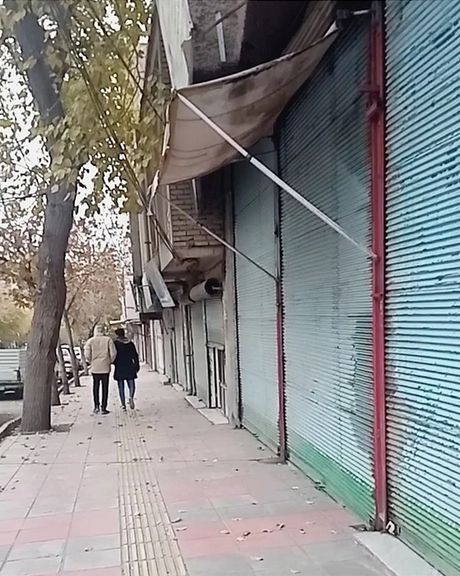
Protests and strikes in Iran continue for the second day in response to calls from underground activists for a three-day nationwide action until December 7.
Numerous reports and videos from all over Iran show that retail businesses in many cities are in shutdown mode as shops and markets remain closed.
Despite threats by security forces, shop owners kept their doors shut in many provinces including Tehran, Azarbaijan, Ardebil, Kerman, Zanjan, Esfahan, Kordestan, Kermanshah and several others to play their role in toppling the clerical rulers.
Iran has been rocked by nationwide protests following the death of Mahsa Amini on September 16 in police custody, posing one of the toughest challenges to the Islamic regime since the 1979 revolution.
In addition to the markets and shops, industrial workers also joined the strikes; among them, some 500 contractors of Mahshahr Petrochemicals Company.
Regime officials downplayed the extent of strikes and threatened people to stop the protest movement.
The Judiciary on Tuesday said five more protesters have been sentenced to death seemingly to intimidate the demonstrators.
Tasnim News Agency, IRGC’s mouthpiece, reported that only few strikes were staged on Monday. Meanwhile, Judiciary Chief Gholam Hossein Mohseni Ejei Monday ordered to identify, arrest, and prosecute organizers of the strikes “quickly and decisively,” claiming that some protesters force business owners to close their shops.
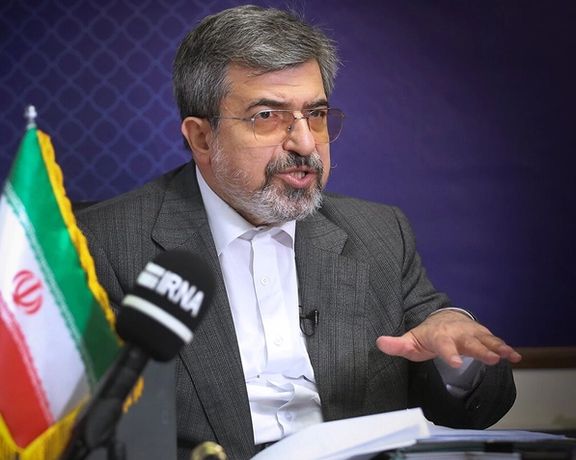
An Iranian official says five people have received death sentences for “killing a member of Basij plainclothes militia” during protests near Tehran in November.
Judiciary Spokesman Masoud Setayeshi said Tuesday that 16 people had been arrested in the case, among them three minors.
Members of Basij paramilitary are armed and deployed to crack down on protesters, often killing civilians in the streets.
He went on to say that five of them, whose names were not released, are accused of killing Rouhollah Ajamian in the city of Karaj west of Tehran on November 3.
Setayeshi stated that 11 others, including three children will face long prison terms on charges of “corruption on earth” and disrupting national security.
However, he said the verdicts are not final and the sentences can be appealed.
Iran’s Judiciary can frame people for crimes they did not commit, as multiple cases have demonstrated in the past. It can define what “disruption” means and sentence any protester to death for causing an ill-defined act of disruption.
One of the biggest challenges to Iran's clerical leaders since the 1979 Islamic Revolution, the twelve-week-old demonstrations have persisted despite a deadly crackdown and severe warnings from security forces.
Iran’s use of the death penalty for protesters has been sharply criticized by the United Nations while some countries and many right groups have also condemned the move.
According to Amnesty International at least 28 inmates currently face execution for participation in the demonstrations.